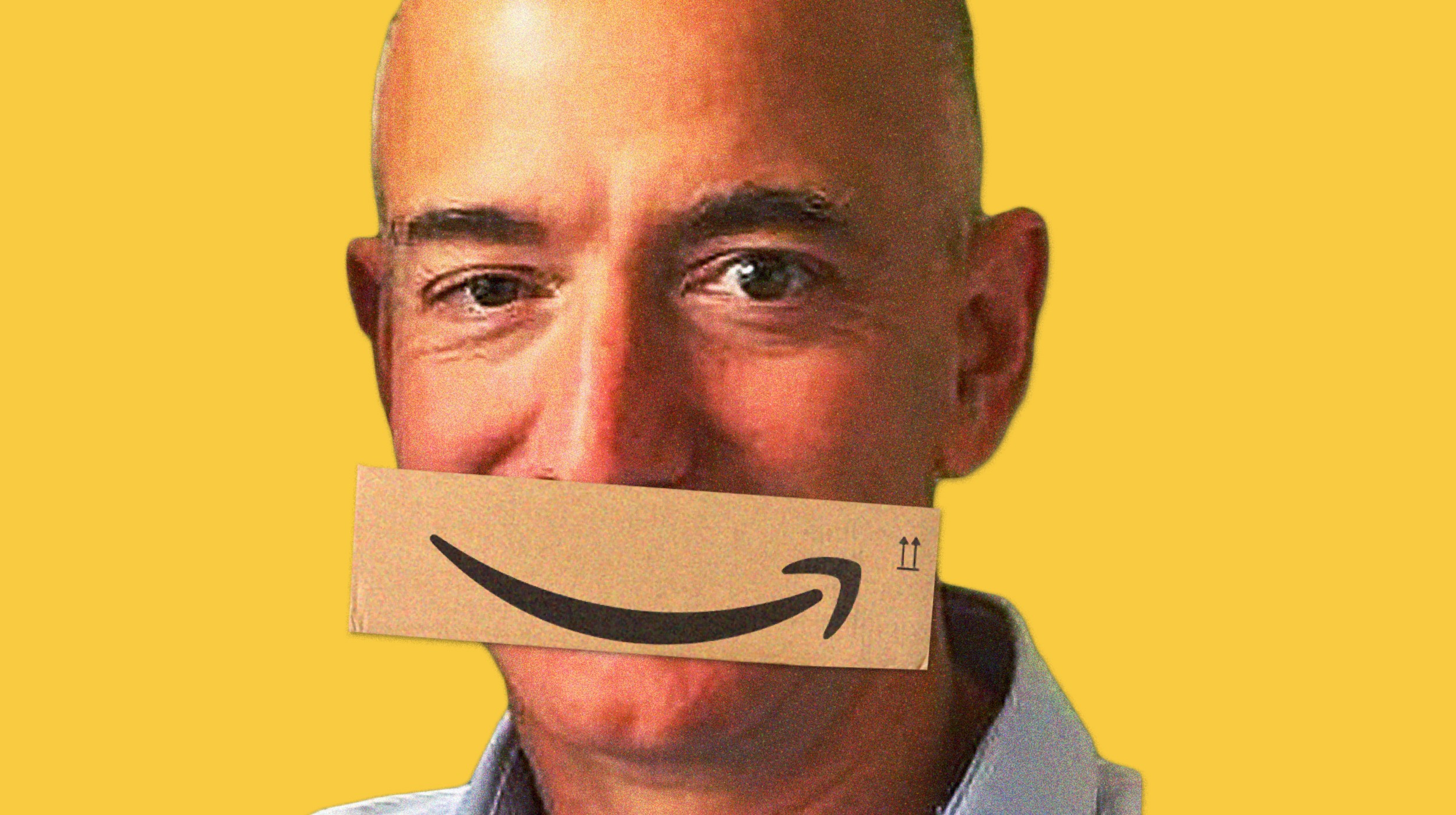How I Learned to Stop Worrying and Love Hedge Funds

The Obama administration has announced a plan to join forces with private equity firms and hedge funds to forge public-private partnerships to reverse the housing and credit crisis. This comes after weeks of threatening the rich with income and capital gains taxes, calls for a “redistribution of wealth” and pushing for a “cram down” on home mortgages. Something doesn’t seem right.
As Paul Krugman wrote in the Times, “Here’s how the pattern works: first, administration officials, usually speaking off the record, float a plan for rescuing the banks in the press. This trial balloon is quickly shot down by informed commentators. Then, a few weeks later, the administration floats a new plan. This plan is, however, just a thinly disguised version of the previous plan, a fact quickly realized by all concerned. And the cycle starts again. Why do officials keep offering plans that nobody else finds credible?” Could it be they don’t have any other ideas?
The most recent idea is for a nine-to-one leveraging with private capital to purchase recently issued highly rated securities to fund consumer lending—thus allowing private capital to make the profits with minimal risk of loss. This program, sexily named the Term Asset-Backed Securities Loan Facility, will be rolled out in two separate one trillion dollar moves, one of which may come in the next two weeks as Treasury Secretary Geithner stated in congressional testimony on Wednesday.
Here is an outline of how TALF would work. According to The Washington Post, a “hedge fund uses one million of its own money and gets a nine million loan from the Fed, payable after three years, to buy a $10 million asset-backed security, which finances consumer loans. Hoping that the market for these assets recovers, the hedge fund would hold the asset for three years. If the security rises in value to $11 million, the investor would keep the profit, essentially doubling the initial investment. The government, meanwhile, would consider the deal a success because consumer lending was spurred. If the value fell below $9 million, the hedge fund would lose its down payment but nothing more. The Treasury, using bailout funds approved by Congress, would cover the next set of losses, with the Fed ultimately on the hook for anything more.” Are you following?
Meanwhile, the stock market continues to flounder as it becomes increasingly obvious that Obama intends to do just what he promised in redefining the way government works, including rapidly shrinking defense budgets, raising taxes, increasing entitlements and decreasing itemized tax deductions for charitable contributions. These moves of course ignore the likely impact on future economic growth. But the Dow Jones seems to realize something is amiss. It has dropped more than 20% since Inauguration Day, the biggest fall in at least 90 years according to Bloomberg.
And not only is Secretary Geithner facing one of the worst economic crises of all time,but he is doing so with an only partially staffed Treasury Department. The staffing problem is so dire that the department did not have anyone available to testify before Congress regarding the recent AIG bailout. Neel Kashkari, a Bush holdover who took significant heat in December for the mismanaging TARP is still in charge of TARP, but cannot disclose policy initiatives or negotiate with banks because he is on his way out and is not privy to future plans.
When it comes to finger pointing, the Essential Information and Consumer Education Foundation may have identified the true players. According to a 231-page report, the financial sector invested more than $5 billion to purchase political influence in Washington over the past decade with as many as 3,000 lobbyists winning deregulation and other policy decisions that led directly to the current situation.





